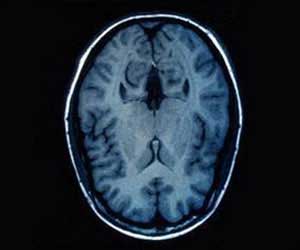A new research has discovered genomic changes linked to Alzheimer's disease. Most of the genomic changes are found in the brain cells.

‘New research - which studied genomic changes in different types of brain cell - has yielded a potentially surprising result: many of the changes in Alzheimer’s disease are in brain cells other than neurons.’





So far, research on DNA methylation in the brain has only been able to look at “bulk” samples of post-mortem tissue. In other words, scientists have been limited to looking at average levels of DNA methylations across all the different cell types in a piece of brain tissue. Now, the Exeter team has developed a technique to “purify” the cell populations, meaning they can see DNA methylation activity in each distinct cell type for the first time.
DNA Methylation Alterations in Alzheimer’s Disease
Research lead Jonathan Mill, Professor of Epigenomics at the University of Exeter Medical School, said: “Our study has enabled us to explore the changes associated with the development of dementia across individual populations of cells. It’s often assumed that these changes primarily occur in neurons, but surprisingly we found much more dramatic shifts in non-neuronal cell-types. This means we can start to understand more about the mechanisms involved in disease and identify pathways that might be targetable by novel drugs”.The research utilized 631 brain samples donated to the Brains for Dementia Research cohort, which included people who died with Alzheimer’s disease. From each person, the team dissected two distinct regions of the cortex that are affected differently in Alzheimer’s disease. Each donor had very comprehensive measures of the pathology of the brain taken at post-mortem, providing the team with very detailed information about the progression of the disease.
Professor Mill added: “Our study highlights the power of using multiple measures of neuropathology to identify epigenetic signatures of Alzheimer’s disease, as well as the importance of looking at the activity of different types of cell, and when and how they are activated in disease. The generosity of the people who donated their brains for research has allowed us to make these exciting discoveries and could hold the key to finding new treatments for Alzheimer’s disease.”
The study was funded by Alzheimer’s Research UK, Alzheimer’s Society and the Medical Research Council.
Dr Richard Oakley, Associate Director of Research, at Alzheimer’s Society, said: "We need to understand how the diseases that cause dementia develop to find the very best treatments. This Alzheimer’s Society funded study is a fantastic example of using a gold standard resource in understanding dementia, through brains generously donated by people who lived with dementia to Brains for Dementia Research, which we’re proud to co-fund.
Advertisement
Source-Eurekalert















